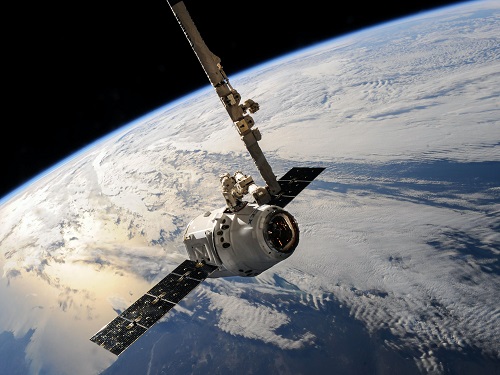
28 Jun Tech Trivia : Did You Know? This Week in History …
‘Wireless World’
This week, on June 28th 1965, ‘Early Bird’ (Intelsat I) was activated. It wasn’t just another satellite; it was the first commercial communications satellite to be nestled in a geosynchronous orbit. This is where it ‘parked’ at 22,236 miles above the equator in the line of the earth’s rotation, appearing stationary to observers on the ground.
This is often referred to as the ‘Clarke Orbit’ after the sci-fi author Arthur C. Clarke who popularised the concept. Before becoming a full-time writer, he was a radar specialist during World War II and in a paper published in “Wireless World” in 1945, he proposed the idea of a global communications network based on geostationary satellites, providing a consistent and uninterrupted communication service. However, most people know him for the science-fiction novel and film ‘2001: A Space Odyssey’.
Intelsat was founded in 1964 as an intergovernmental organisation (IGO) called the International Telecommunications Satellite Organisation, with 149 nations originally participating. In 2001, it became a private company and now has one of the world’s most expansive satellite networks, providing video and broadband services to over 200 countries and territories around the world. Their network broadcasted the Apollo moon landing in 1969 to millions of viewers around the world.
More recently, we have Starlink, the project initiated by SpaceX, the private space exploration company founded by Elon Musk. It’s developing a satellite network with up to 12,000 orbiting satellites to provide high-speed internet access across the globe, even in remote and rural areas or warzones (e.g. Ukraine). Starlink satellites are in ‘low’ earth orbit (340 miles), meaning they’re much closer to the ground than traditional communication satellites, allowing for lower latency and faster speeds, especially as their satellites use lasers to communicate with each other, enabling them to transfer data much faster than traditional satellite internet, for example, a Starlink user can expect download speeds of up to 100 megabits per second, compared to download speeds of around 10 megabits per second for a user with traditional satellite internet.
Next time you look up at the night sky, perhaps you might spare a thought for all those satellites up there and how far we’ve come since Arthur C. Clarke penned his visionary paper in 1945.



